So here are the results as I promised. First test was in temp chamber. The value on watch is drifting (in all cases) in range of 0.3°C, so I selected the value, which holds most of the time.

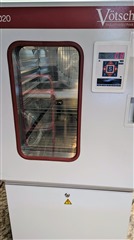

So It´s the same story as with BAROMETER. If we have possibility to set an offset, it could work maybe a bit better.
Next test was done at one temperature in water bath. Etalon value was 25.2°C vs. watch 24.7°C so again 0.5°C lower value.

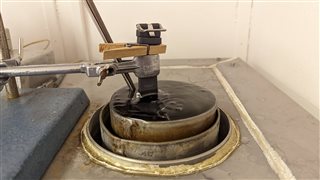
I also put the watch in empty glass with temp probe and waited at least 30 minutes. One day I got 0.1°C lower value, next day I got exact value and today I got 0.4°C lower value. This measurement is not consistent, but the temp probe reacts almost immediately with changing temperature, so maybe that could be one of the reasons. The watch has more inertia.
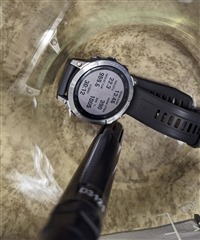
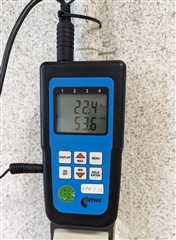
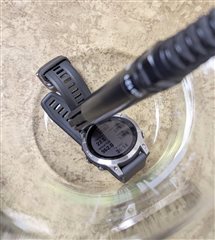
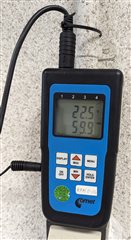
The drifting value suprised me a bit. Garmin could add some averaging algorythm of last 10 measured values for example. The watch is changing a value in 0.3°C range very fast.
